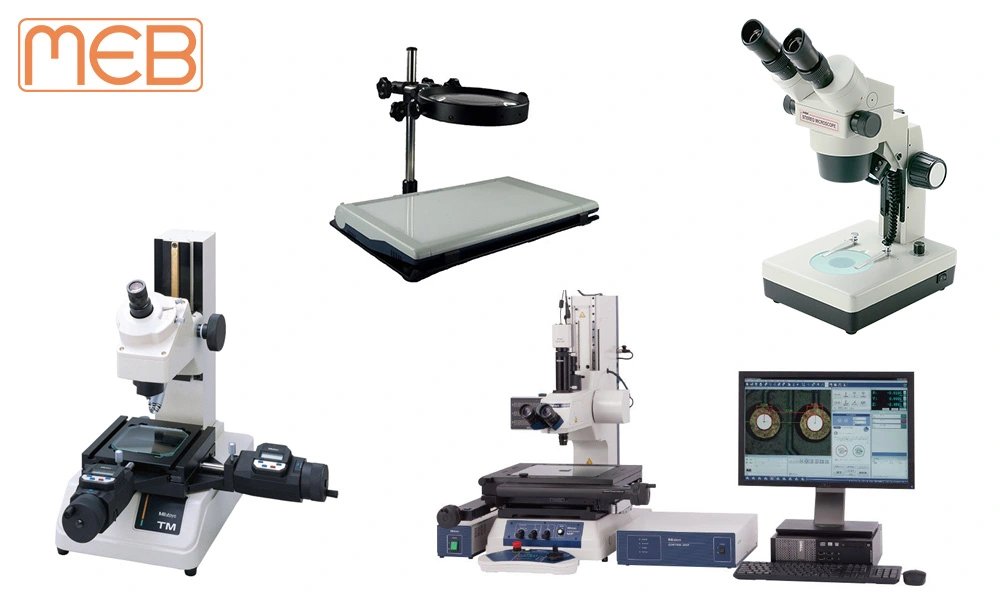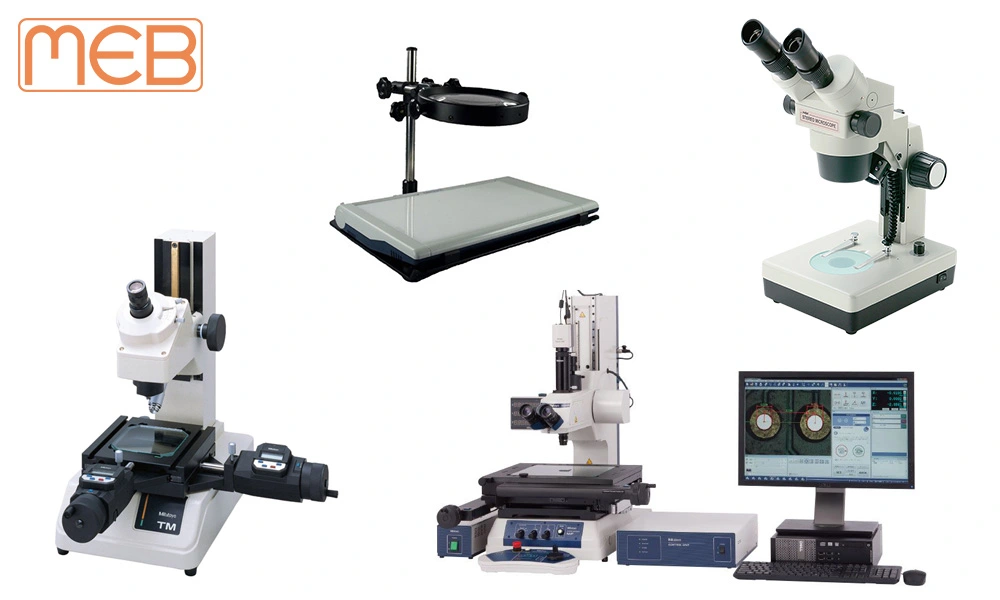MICROSCOPES

Microscopes: Your Window to the Invisible World
Microscopes are powerful tools that allow us to see the tiny details of objects that are too small for the naked eye. From examining cells to analyzing materials, microscopes have played a crucial role in various fields of science and technology.
Key Features:
- Magnification: Microscopes use lenses to magnify objects, making them appear larger than they actually are. The magnification power determines how much detail you can see.
- Resolution: This refers to the ability of a microscope to distinguish between two closely spaced objects. Higher resolution provides clearer and more detailed images.
- Lighting: Microscopes use different types of lighting, such as natural light, artificial light, or specialized techniques like phase contrast or fluorescence, to illuminate the specimen.
- Focusing: Adjusting the focus allows you to bring the image into sharp view.
Types of Microscopes:
- Compound Microscope: The most common type, using two lenses (objective and eyepiece) to achieve high magnification.
- Stereo Microscope: Also known as a dissecting microscope, it provides a 3D view of the specimen and is often used for tasks like dissection.
- Electron Microscope: Uses electrons instead of light to magnify objects, allowing for much higher magnification and resolution.
- Scanning Probe Microscope: A type of microscope that scans the surface of a sample with a probe to create an image.
Applications:
- Biology: Studying cells, bacteria, and other microorganisms
- Medicine: Examining tissues, diagnosing diseases, and conducting research
- Materials Science: Analyzing the structure and properties of materials
- Electronics: Inspecting components and circuits
- Forensic Science: Examining evidence like fingerprints and fibers
Whether you're a scientist, student, or hobbyist, a microscope can open up a world of fascinating discoveries.

